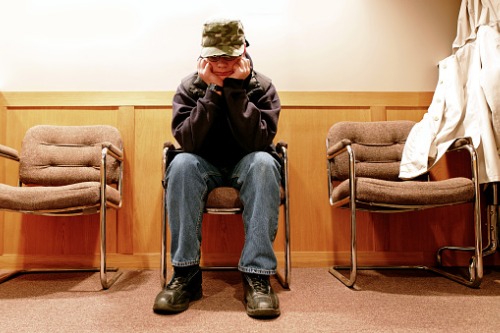
To manage challenging student behaviour, school staff may use suspension. External suspension from school occurs when a student is asked not to attend school for a prescribed period of time. It is associated with a range of negative outcomes for the suspended student including delayed graduation, not completing school, later antisocial behaviour, and drug and alcohol use.
Why are there negative consequences following external suspension?
Possible explanations are:
- Suspended students don’t wish to be at school anyway, they perceive suspension as a holiday, and the behaviour that resulted in the suspension is rewarded;
- Suspended students are already struggling with schoolwork and being on suspension puts them further behind, making it more likely they will not complete school or will graduate later than their same-age peers;
- School is one of only a few protective factors in the suspended student’s life and excluding the student from the school environment removes this potential positive influence; and
- Suspended students are not supervised while they are on external suspension, enabling them to interact with other young people not at school and getting into trouble.
To date, it is not clear which of these is most important. In a study of Victorian and Washington State students led by me, we found support in both sites for the possibility that the impact on schoolwork (i.e., low grades) and associating with antisocial peers may explain the effects of external suspension on later non-violent antisocial behaviour.
Internal suspension
Given the concerns about the use of external suspension, another option is to use internal suspension. Usually, for internal suspension the student is removed from regular classes to either sit outside the office of a senior staff member or attend a classroom supervised by a teacher(s) to complete schoolwork. This overcomes the concerns with using external suspension since:
- Students are still required to attend school;
- Students complete schoolwork outside of their regular classroom but at school;
- Students remain within the protective environment of the school; and
- Students are supervised by a teacher(s) or a senior staff member.
Deviancy training
In what is known as deviancy training, students who are engaging in challenging behaviour and are then placed in a group together can learn and encourage more challenging behaviours from each other, resulting in an increase in such behaviour. This is especially likely when the group receives minimal supervision and the group is unstructured. When students are externally suspended and interacting together unsupervised deviancy training can occur.
Deviancy training can also occur during internal suspension. School leaders can find it difficult to allocate the resources necessary for internal suspension (e.g., having staff members available to supervise the students). When excluded students are placed in a room together with minimal adult supervision and without clear activities to complete, they can learn and encourage challenging behaviours from each other.
Is internal suspension linked to negative outcomes for students?
In 2016, my team compared the young adult outcomes (ages 18-19 years) for Victorian students who had been internally versus externally suspended in Year 10. The results of this study showed that after controlling for other factors (e.g., family conflict, academic failure, interacting with antisocial peers) known to predict negative student outcomes, external suspension and internal suspension were both associated with an increased likelihood of antisocial behaviour. In addition, external suspension was associated with not completing Year 12 and not being in paid employment. Internal suspension predicted cannabis use and other drug use. Further research is needed to replicate and understand these findings.
Implications for schools
It is important that consideration is given to how internal and/or external suspensions are implemented to minimise the potential negative consequences for students – in particular, ensuring students are well-supervised and completing structured activities. There are also alternatives to using suspension and the evidence is growing that these can be effective.
Sheryl Hemphill, PhD, is a freelance writer, presenter, and researcher focusing on sharing research findings with schools and the broader community. She is an Honorary Principal Research Fellow the University of Melbourne, where the studies mentioned here were conducted.


